Listening to songs and wanting to play the same songs on ukulele – that's what draws most people to the ukulele. That and it looks like a load of fun and easy to play – which it is. Then you need to actually remember the songs that you're learning, so you can play them again. And, hopefully, not have to read them off a sheet all the time.
Listening to songs and wanting to play the same songs on ukulele – that's what draws most people to the ukulele. That and it looks like a load of fun and easy to play – which it is. Then you need to actually remember the songs that you're learning, so you can play them again. And, hopefully, not have to read them off a sheet all the time.
Available for Premium Site Access Plans Only
The main allure of the ukulele for many people is the desire to play the same songs they enjoy listening to. It's not just about the enjoyable and effortless nature of playing the instrument, but also the freedom to recall songs from memory instead of always needing sheet music.
Songs share more similarities than one might initially think. Each song possesses its own set of directions, signs, and landmarks that can be repeatedly employed to aid in remembering them. It's a akin to recalling the Directions for a Road Trip, Your GPS . There are the turn-by-turn directions, road maps, signs, and landmarks that will get you to where you are going. Turn here, turn there, remember this and remember that landmark. Songs rely on elements such as chords – the harmony, melody, style, harmonic cells, and form that contribute to the remembering song's memorability.
By employing a few music tools and understanding the fundamental principles of chords and chord progressions, you can begin to unravel the inner workings of any song.
There is a lot more common ground between songs than meets the eye. Each song possesses its own unique directions, signs, and landmarks that can be utilized time and time again to effectively remember them.
It's ALL About the Learning & Playing Songs!
Where to Start
ALL music — melodies, chords, progressions, licks, leads, riffs, etc … comes from some scale or collection of note/pitches and there's no better scale to start your exploration with than the major scale. From the major scale is the most common scale used. From the solid foundation of the major scale, you can learn and derive the other essential scales. The Major Scale can be used as a basis for creating and deriving chords. The major scale is your go-to / fall back scale for all your primary music information.
Memorize the Major Scales
The Major Scale is one of your most common and important scales to learn and MEMORIZE in ALL 15 keys. The majority of popular and traditional songs are in major keys.
All 15 major scales need to be memorized for creating chords, melodies, and improvising. However, as far as the keys that songs are created in they're a few common keys for every style that is performed.
Go to the Major Scales lesson …
Harmonic Analysis
Harmonic Analysis is the understanding of the functional sequence of chords. It's the process used to analyze the harmonic structure of a progression, song or composition. This analysis is then used to make scale selections for improvisation, analyzing and creating melodies and chord substitution.
Go to Harmonic Analysis Lesson Series … , based on my book Harmonic Analysis for Chords Substitution and Scale Selection.
Learn the Nashville Number System
This numbering system — based on the principles of music allows for writing a song in NO key to be played in ANY key. It can also be used for comparing songs an identifying the commonality between songs. There is a lot more in common between songs than not.
The Nashville Number System is an informal method of transcribing music by denoting the scale degree of chords within a progression, tonality, or song. It was developed by Neal Matthews, Jr. in the late '50s as a simplified system for The Jordanaires to use in the studio, and further developed by Charlie McCoy. It resembles the Roman numeral and figured bass systems traditionally used to transcribe a chord progression. By writing chords as numbers, transposition to other keys is possible with verbal communication or without rewriting a chart. As a simple system of transcription, it can be used with only a rudimentary background in music theory. Harmonic sequences, chord progressions can be explained using numbers, and chord changes can be communicated mid-song by holding up the corresponding number of fingers. The system is flexible and can be embellished to include more information (such as chord color or to denote a bass note in an inverted chord).
Learn the Melody
Melodies, licks, riffs – typically are single notes and can be sung and these you can learn. The famous jazz guitarist Jo Pass said, "Learn melodies – No one goes around whistling chord progressions. On a ukulele, you can learn a melody in one key with a set fingering that can always be the same, as a melody will not change. The rhythm might change, but the melody typically does not. Happy Birthday's melody is always the same, regardless how bad it typically is sung.
Identify the key intervals of a melody for future recall. Based on the major scale Happy Birthday starts with the 5th below the root, and in the key of F major it is: C C D C F E C C D C G F … 5 5 6 5 1, 5 5 6 5 1 2, ...
Learn the Chords
For learning the chords of a song or chord progression – unlike the melody that you can sing, hum or whistle – the chords can be understood intellectually and referenced to other songs you learn and know. This can be accomplished using the resources above.
Know the Song Intellectually
Know the Song Away From the Instrument. You've probably heard this if you have ever been to a ukulele jam session or play-along. It's where someone is yelling out what the next chord or chords is — while they're playing. They don't have to wait to see what someone else is playing — that is too late. They know what is coming up and can prepare. They know the song.
As soon as you play the first chord of a song, you should be thinking ahead to what the next chord or chords are.
Write Out a Chart
This goes hand-in-hand with the Know the Song Intellectually. If you can write out, you know it.
A Few Writing Tips
- Write charts out long hand. No repeats, no D.S,.D.C, Coda, etc. Remember this is for YOU, not to be published which would have different requirements such as the number of pages (page count).
- Name the sections, verse, chorus or use Rehearsal Marks: A B C D etc..
- Write some lyric cues if creating an instrumental chart.
- Checkout a Brown Eyed Girl handwritten chart for an examples.
Related Lessons, Videos, Lesson Series, Songs, Books & Reference Charts, Resources & Assets, Workshops are below.
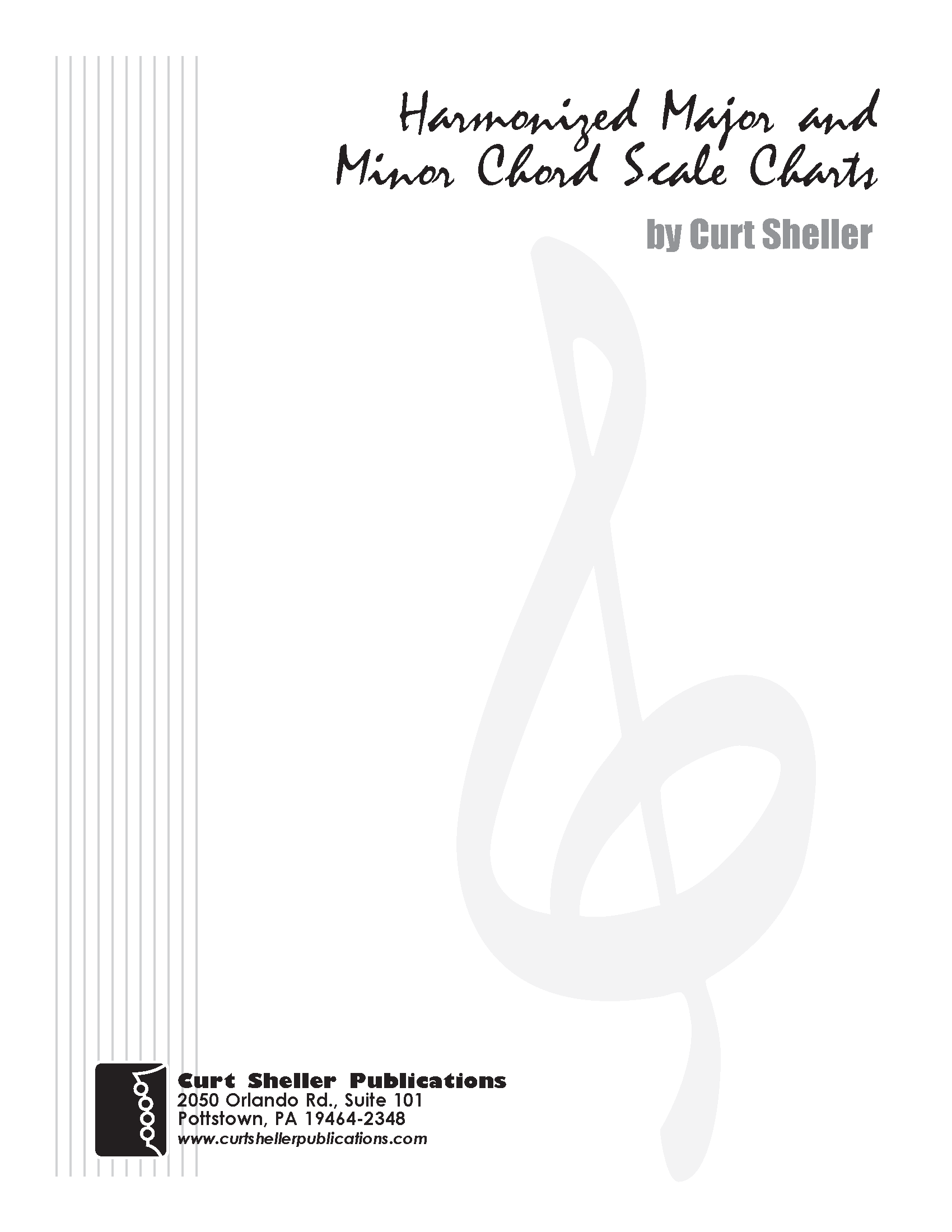
The "Major Scale" or Ionian scale is a diatonic scale, made up of seven distinct notes, plus an eighth which duplicates the first one octave higher. In solfege these notes correspond to the syllables Do, Re, Mi, Fa, Sol, La, Ti/Si, (Do), the Do in the parenthesis at the end being the octave of the root.
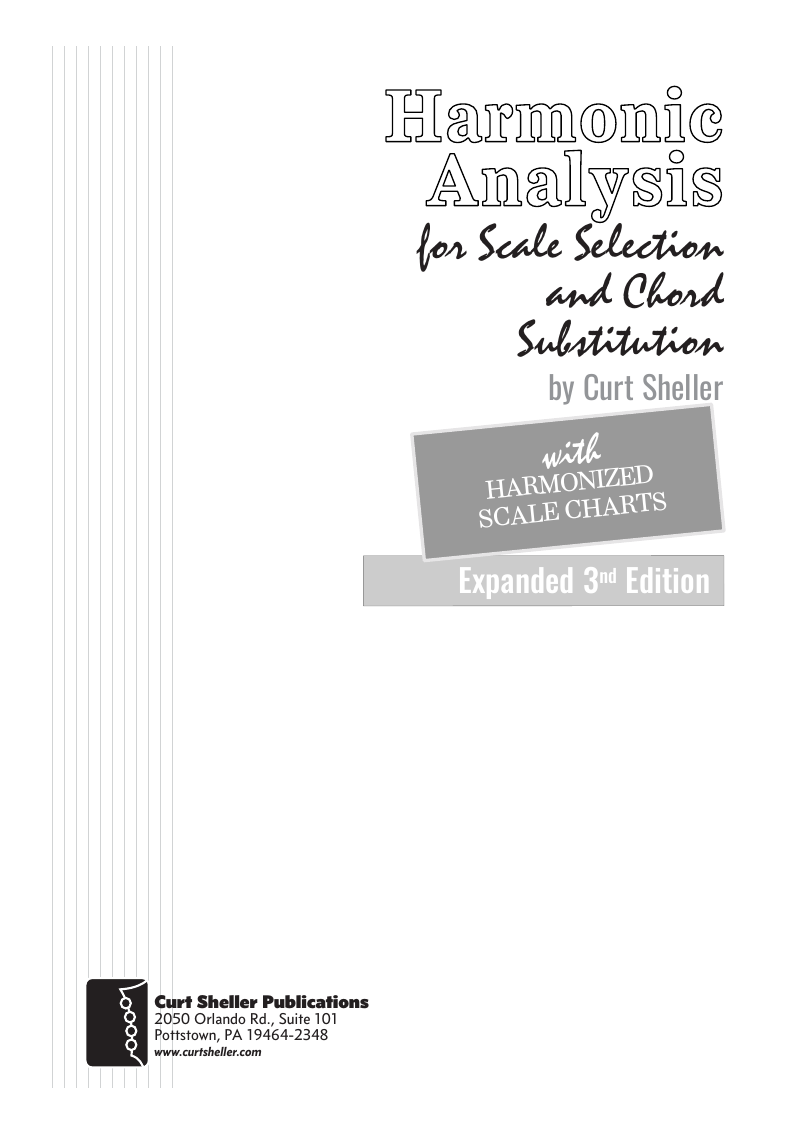
Harmonic Analysis ( HA ) is the process used to determine the harmonic function of chords within a chord progression. A chord progression is defined as a sequence of chords, each chord has a root and has a particular chord type. The relationship of a chord's root to a scale determines its function within that scale's tonality. Once a chord's function is identified, scale selections along with chord and scale substitutions can be made. This process is called Root Movement Analysis ( RMA ). This series of lessons are extracted from my book for use with individual private and on-line students. Each lesson directly corresponds the chapters in my book Harmonic Analysis for Scale Selection and Chord Substitution by Curt Sheller (me).
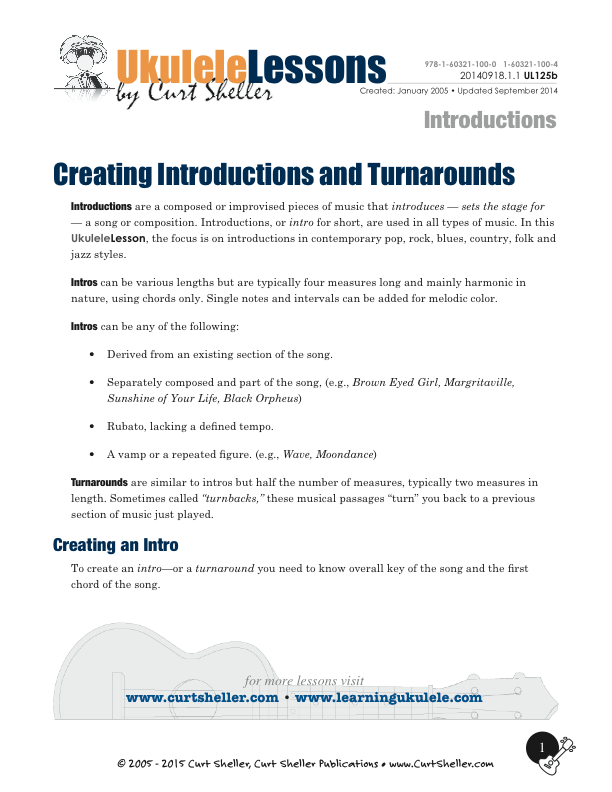
Introductions are a composed or improvised pieces of music that introduce - sets the stage for - a song or composition. Introductions, or intro for short, are used in all types of music. In this lesson, the focus is on introductions in contemporary pop, rock, blues, country, folk and jazz styles.
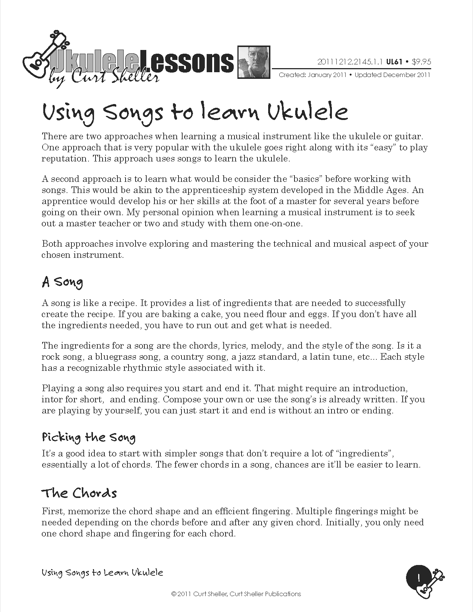
There are two approaches when learning a musical instrument like the ukulele or guitar. The first approach and one that is very popular with the ukulele goes right along with its easy to play reputation. This approach uses songs to learn the ukulele. A second approach is to learn what would be consider the the basics before working with songs.

There's actually a lot in common between songs when it comes to chord progressions. Here is an every growing list of songs that use the common 1 5 6 4 chord progression. This is a “Full Diatonic” chord progression, with each chord coming from its corresponding major scale. This common progression is called the “Four Chord, Pop Progression.”

Playing chords, chord progressions, and songs by ear is all about getting your ear to recognize the sound of chords and chord progressions and just like melodies, train the fingers and the hand to follow your inner ear and play these chords, chord progressions, and songs on demand.

Harmonic Analysis (HA), also known as the study of chord relationships, is the method used to identify the harmonic role of chords within a chord progression or song. A chord progression refers to a sequence of chords, with each chord having a root note and belonging to a specific chord type. The function of a chord within a particular scale's tonality is determined by its relationship to that scale.
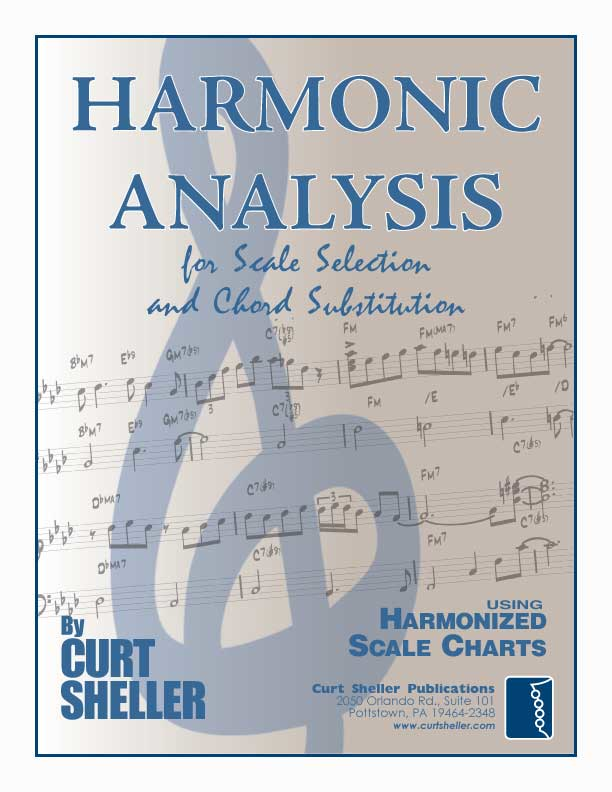
Harmonic Analysis is the understanding of the functional sequence of chords. It is the process used to analyze the harmonic structure of a progression, song or composition. This analysis is then used to make scale selections for improvisation and chord substitution.
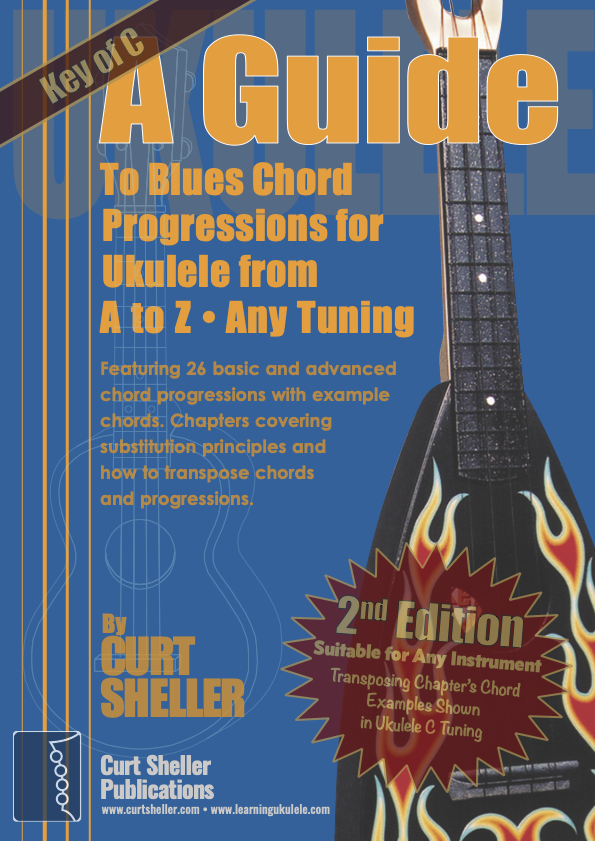
The Blues are at the heart of all American music. It has influenced Country, Rock, Folk, Jazz, Bluegrass and just about every form of American music we listen to today. 26 blues progression in C and G tuning, progressing from basic to advanced jazz progression, with chord grids and substitutions explained.
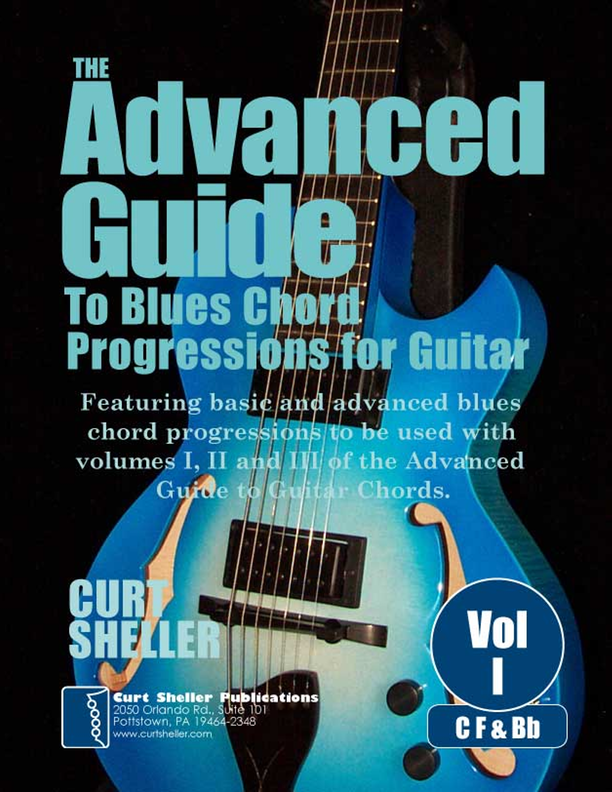
Volume I covers the keys of C, F and Bb. The key of C includes detailed accompanying text explaining the principles behind each progression. Each volume of The Advanced Guide to Blues Progressions for Guitar features basic to advanced blues chord progressions. to be used with the chord voicings from volume I, II & III of The Advanced Guide to Guitar Chords.
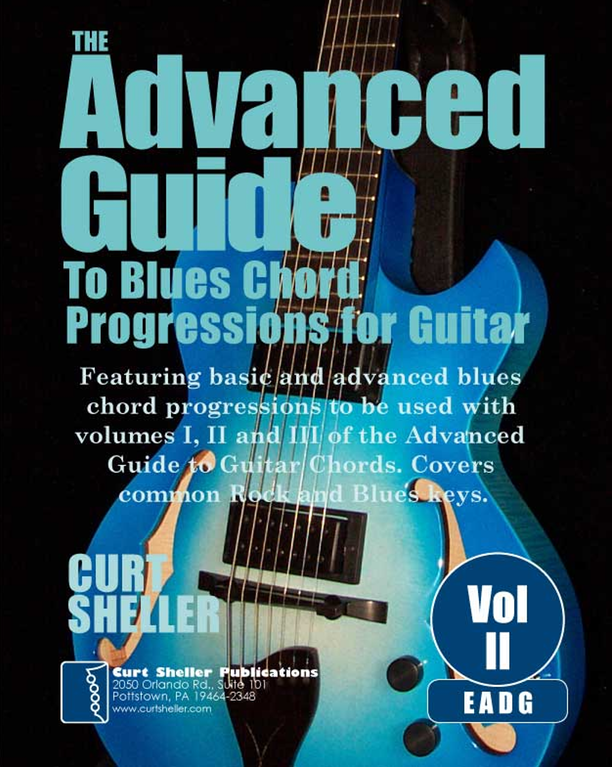
Volume II covers the keys of E, A, D and G. The key of E includes detailed accompanying text explaining the principles behind each progression. Each volume of The Advanced Guide to Blues Progressions for Guitar features basic to advanced blues chord progressions. to be used with the chord voicings from volume I, II & III of The Advanced Guide to Guitar Chords.
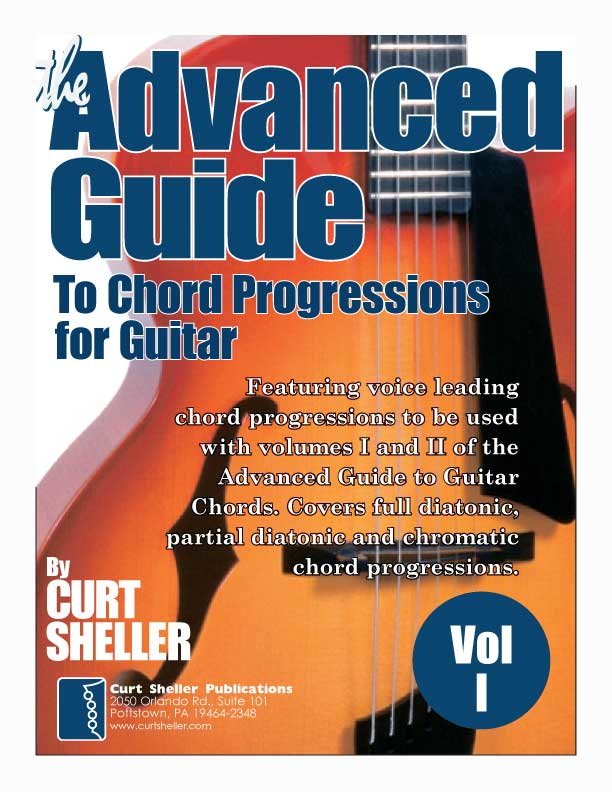
Volume I of The Advanced Guide to Chord Progressions for Guitar features the principles of voice leading applied to chord progressions. These principles, explained using chords from volume I of The Advanced Guide to Guitar Chords. Chapters with common major and minor full diatonic, partial diatonic and chromatic chord progressions are also included to further explore voice leading.
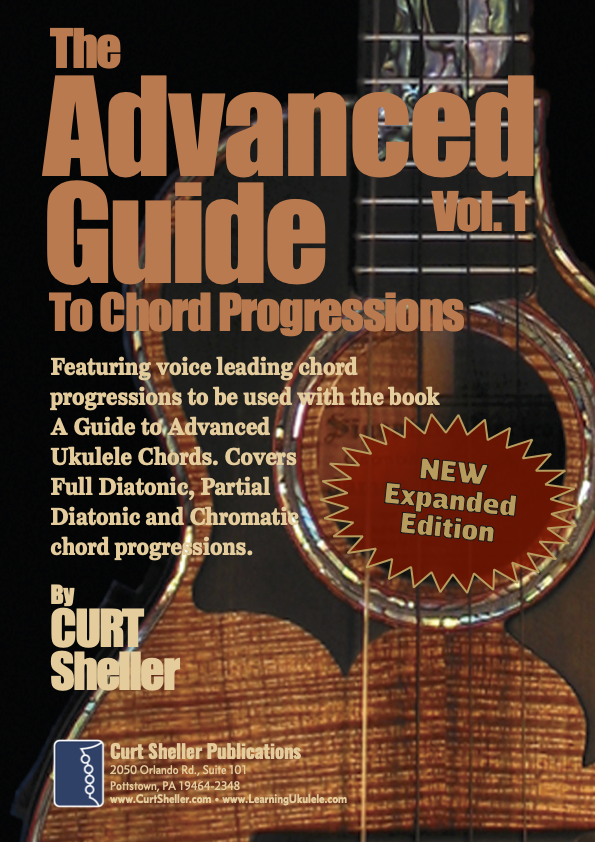
Before individual chords become the background of songs, they must be put into orders called chord progressions. The Advanced Guide to Chord Progressions for Ukulele organizes progressions according to string family, position, voice leading and chord magnetism.

Finally, learn the names of the notes of the ukulele fingerboard in C tuning .

Learn the six fingering principles to navigating the ukulele fingerboard. Fingering is one of the most universal topics. Book: Six Secrets of the Ukulele Fingering

Harmonic Analysis is the understanding of the functional sequence of chords. It is the process used to analyze the harmonic structure of a progression, song or composition. Book: Harmonic Analysis for Scale Selection and Chord Substitution
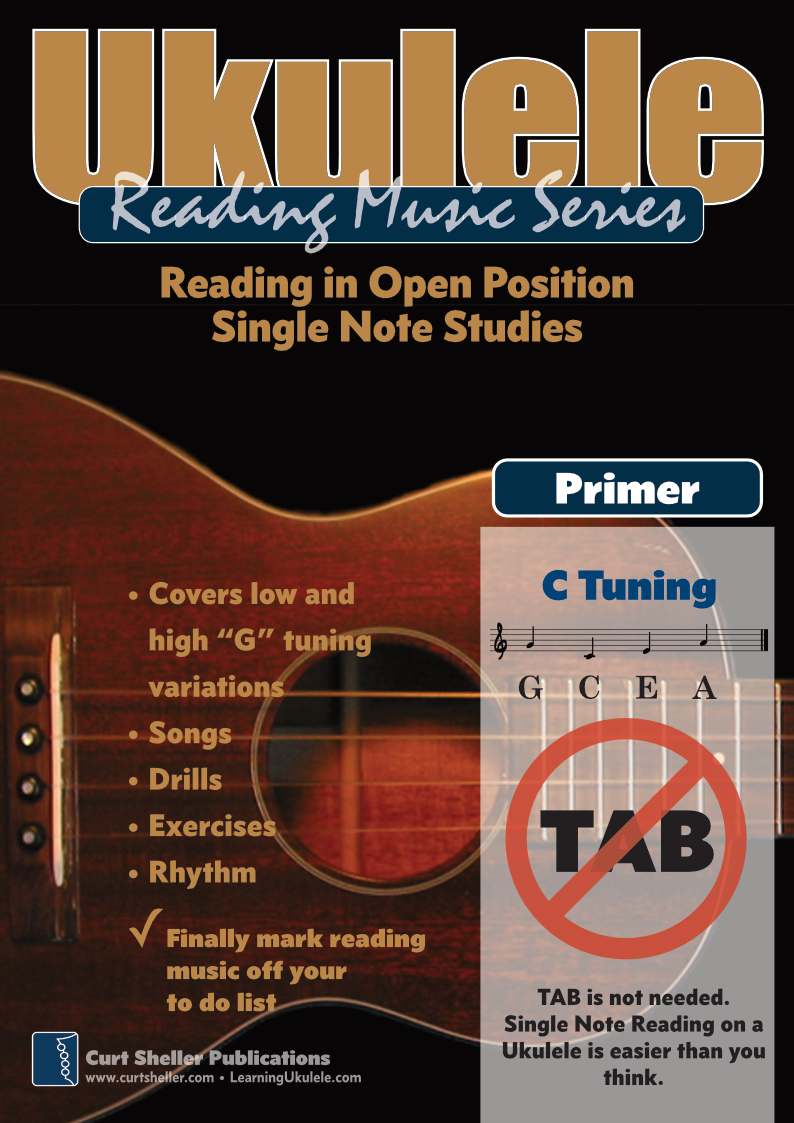
Learn to read single note melodies in the first/open position is a lot easier than you might think. Book: Ukulele – Reading Music Series – Primer
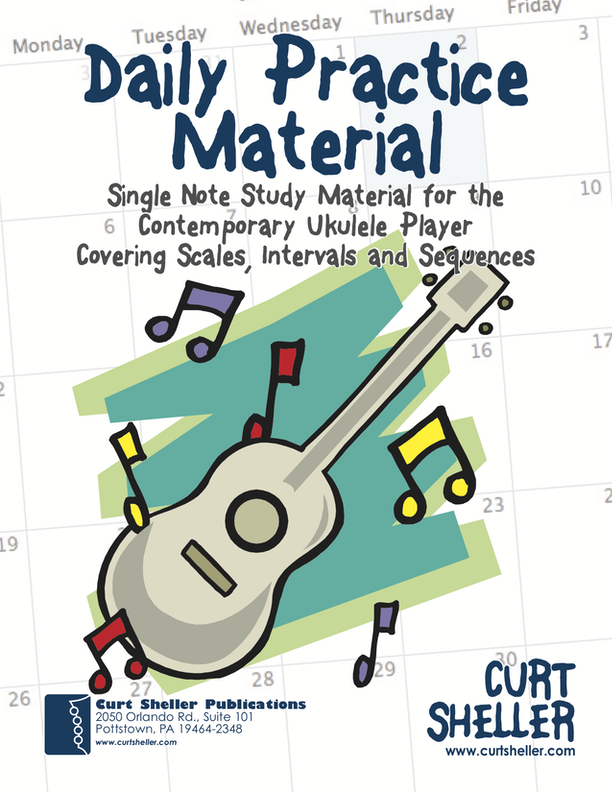
An organized collection of daily practice and reference material for the contemporary ukulele player for developing the vocabulary and knowledge necessary for single note playing. Book: Daily Practice Material for the Contemporary Ukulele
Checkout the Books & Reference Charts for additional Handy, Dandy Reference Charts.
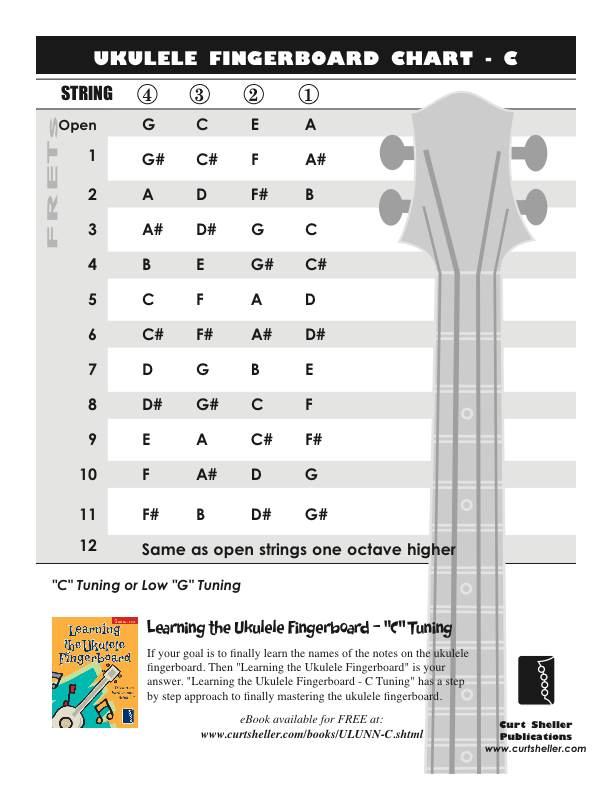
Ukulele Fingerboard Chart for C Tuning, Low or High G – G C E A
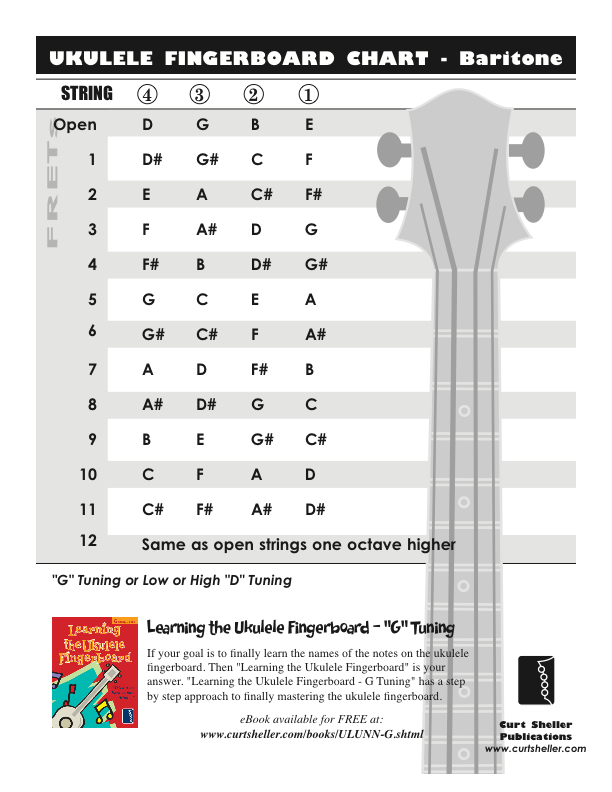
Ukulele Fingerboard Chart for G Tuning, Low or High A – D G B E

A handy reference chart of all 15 major and relative minor key signatures. US Letter 8.5 x 11 sized (ANSI-A), A4
Checkout the Books & Reference Charts for additional Handy, Dandy Reference Charts.



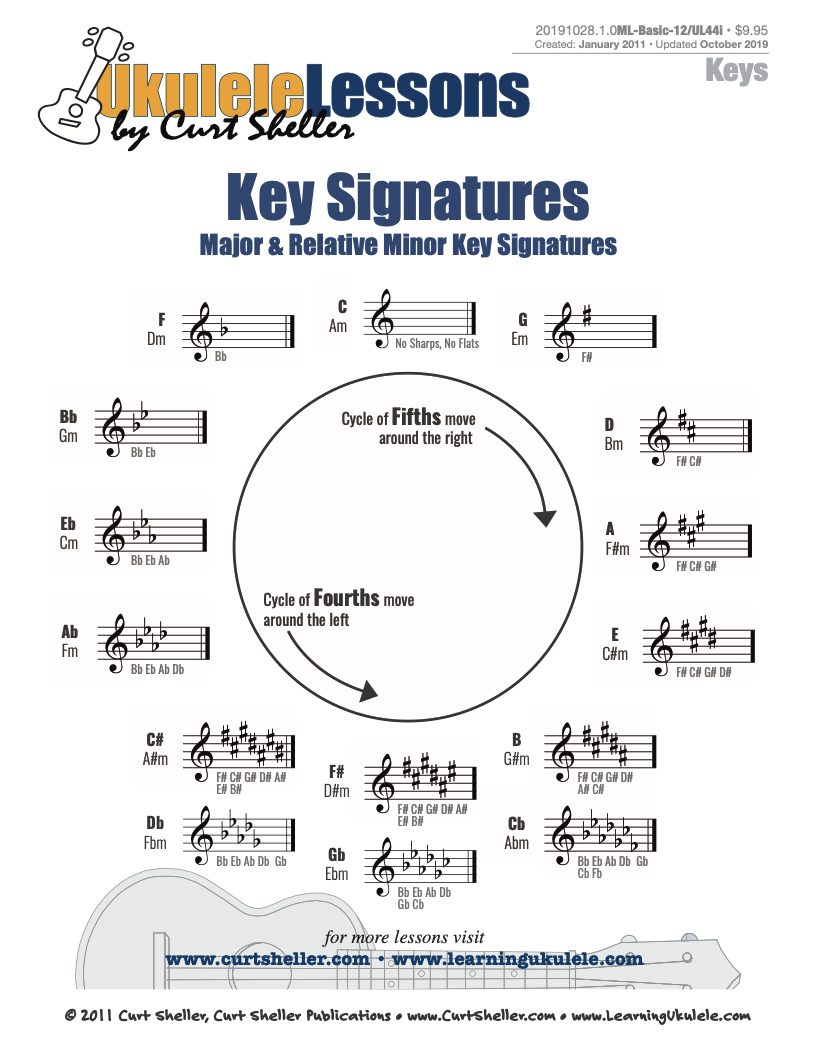
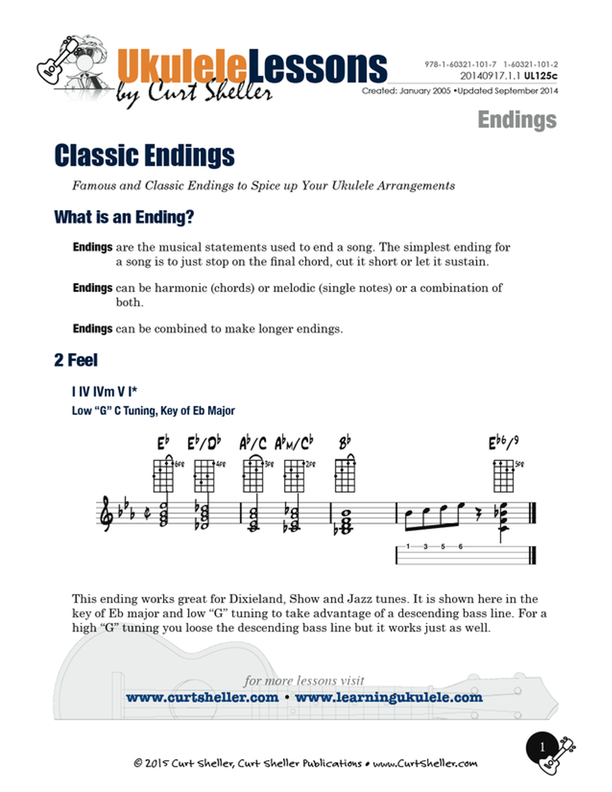
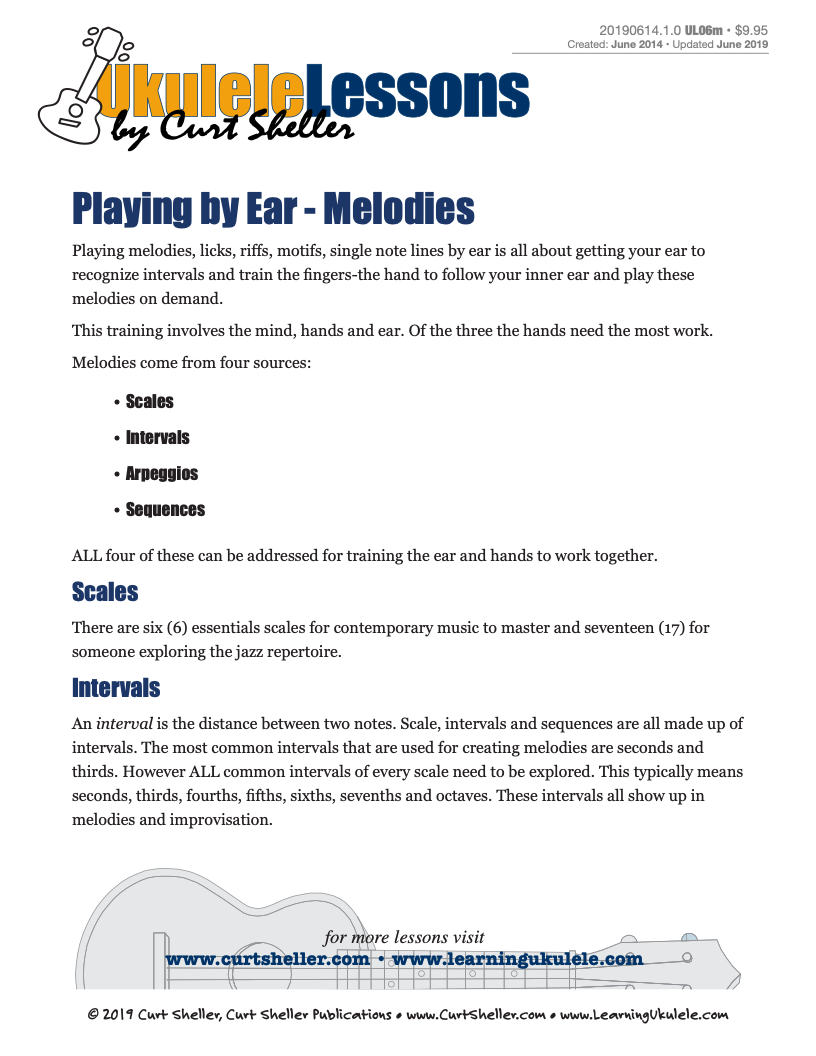





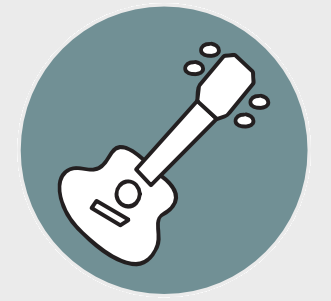

.jpg)